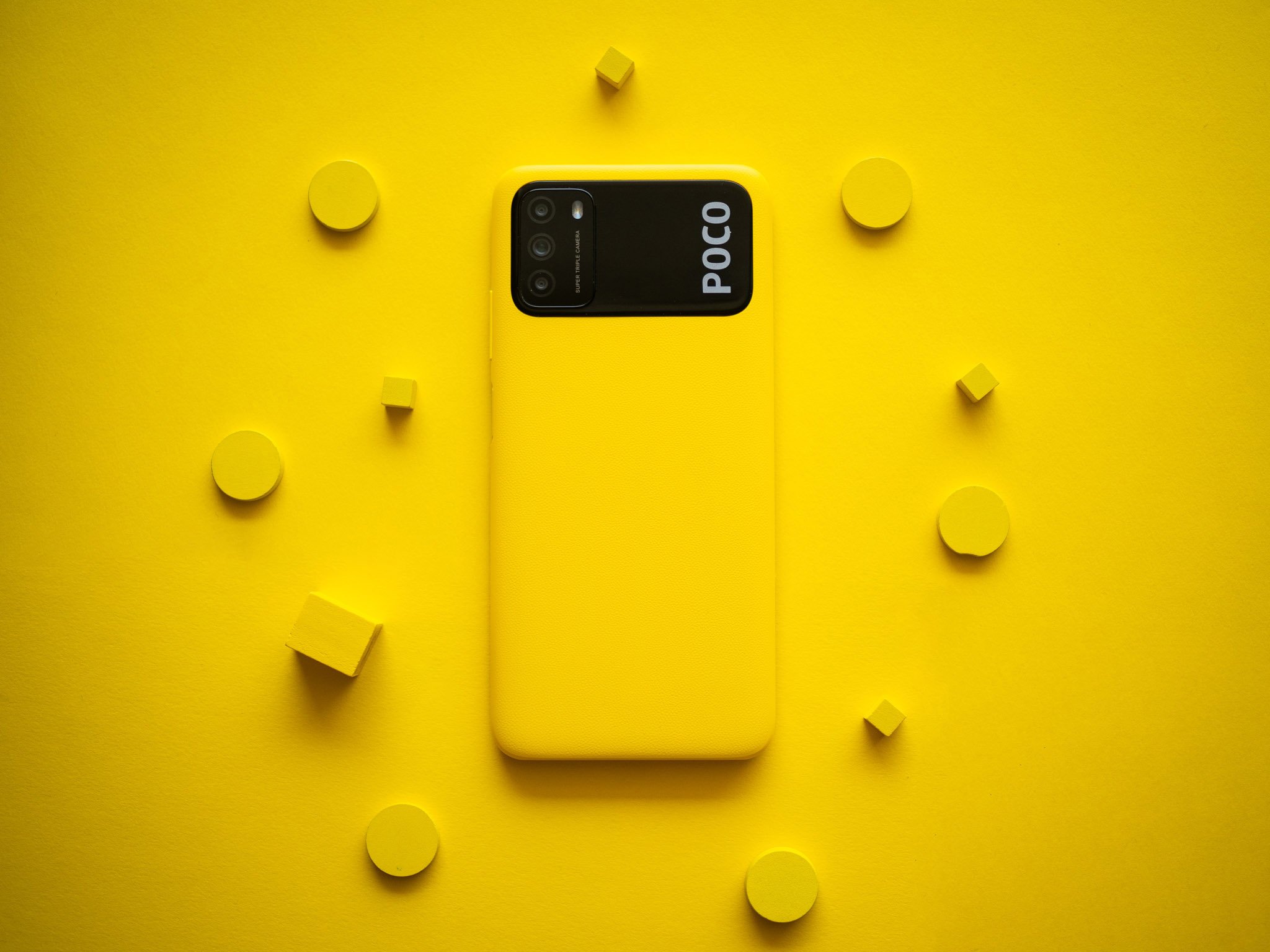 Source: Apoorva Bhardwaj / Android Central
Source: Apoorva Bhardwaj / Android Central
POCO burst onto the scene back in 2018 with the POCO F1, but the brand failed to build on the momentum of that device. It was effectively dormant for 18 months until the POCO X2 made its debut last February, which is when POCO was spun out as its own sub-brand, à la Redmi.
Like its Redmi counterpart, POCO saw the most amount of success in the budget segment. The POCO M2 turned out to be the best-selling phone in India in the online segment in November, racking up over a million units. POCO is now the third-biggest brand in India in terms of online sales, and with the sub-$200 category contributing to over 80% of all phone sales in India in 2020, there is a lot of potential for POCO to grow.
It is looking to do just that with the POCO M3; the phone was unveiled back in November and is now making its way to India. There’s no shortage of budget phones in India, and with the M3, POCO is offering a viable alternative to what Redmi and Realme deliver in this segment.
In fact, the POCO M3 is identical to the Redmi 9 Power in terms of hardware, and as we’ve seen with the M2 Pro, this isn’t a new phenomenon. But the phone has a distinct design that stands out from the crowd, and you get 6GB of RAM as standard and the same 6000mAh battery, and it costs less than the Redmi 9 Power. So if you’re looking to pick up a new budget phone and have your eye on the POCO M3, here’s what the phone has to offer.
POCO M3
Bottom line: The POCO M3 combines two-day battery life with a gorgeous design that makes it stand out in the budget segment. The hardware is reliable for most day-to-day tasks, you get 6GB of RAM as standard, and the 48MP camera takes great photos. If you can look past the bloatware, there is a lot to like with the M3.
The Good
- Class-leading battery life
- Reliable in day-to-day use
- Standout design
- Decent cameras
- Vibrant 1080p panel
- Stereo speakers
The Bad
- Still on Android 10
- Lot of bloatware out of the box
- No NFC
- No wide-angle lens
POCO M3 Price and availability

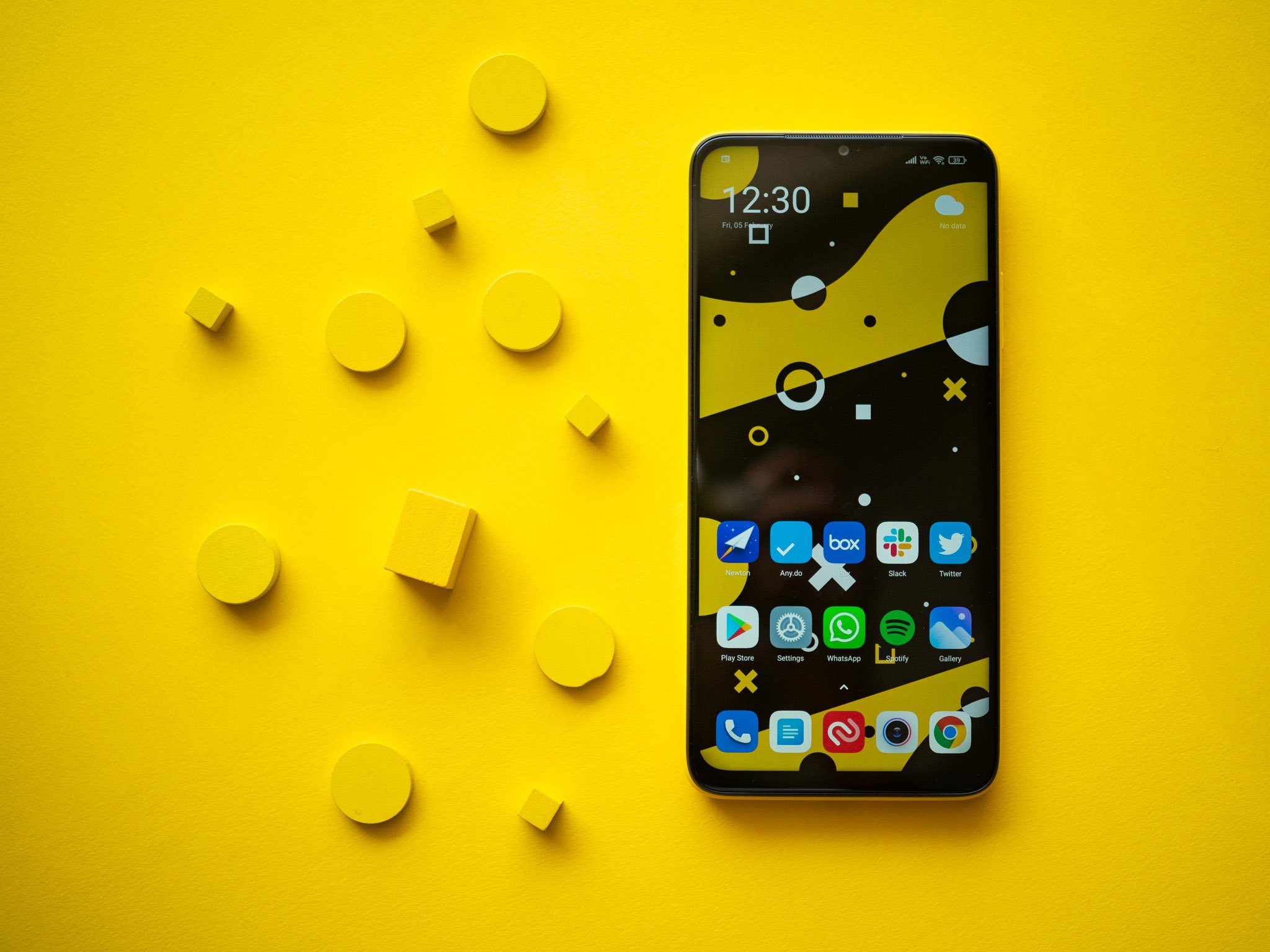
Source: Apoorva Bhardwaj / Android Central
The POCO M3 is going up for sale in India starting February 9 for ₹10,999 ($150) for the version with 6GB of RAM and 64GB of storage. There’s also a 6GB/128GB variant that retails at ₹11,999 ($165). You can also pick up the POCO M3 unlocked on Amazon in the UK and US for under $175, making it a decent alternative to Motorola and Nokia’s budget phones.
POCO M3 Design and screen


Source: Apoorva Bhardwaj / Android Central
I use a lot of budget phones over the course of a year, and the POCO M3 has the best design I’ve seen in this category in a long time. Most POCO phones in 2020 were rebranded Redmi devices, but that is definitely not the case here; this design is unique to POCO, and the M3 has a distinct look that makes it stand out from every other phone in the budget segment.
The POCO M3 is the best-looking budget phone I’ve seen in a long time.
The design flair comes from the large glass pane at the back that covers the camera housing. The housing itself is pretty standard fare that includes three sensors, but the addition of the glass window elevates the design of the phone. The glass panel takes up just over the top third portion at the back, and includes the POCO moniker.
The black panel provides a nice contrast — particularly if you pick up the yellow color option. The POCO M3 is available in three color options: Cool Blue, Power Black, and POCO Yellow. The yellow option is the most distinctive, and the vibrant hue immediately grabs attention.
Although the phone itself is made out of plastic, POCO added a textured finish at the back that mimics the feel of leather. The texture provides a lot of grip and you don’t get any fingerprint smudges either. The back itself curves slightly along the sides as it meets the mid-frame, and this allows the M3 to nestle in your palm with ease.
Up front, the M3 has thin bezels and a waterdrop cutout for the front camera module, and POCO has done a great job here ensuring the phone is easy to hold and use. Even though it is fairly heavy at 208g, it never felt that way in the week I used the phone. The M3 is in fact 1g lighter than its 5000mAh battery-toting predecessor, the M2.
The M3 has all the basics covered: you’ll find a 3.5mm jack at the top along with an IR blaster, the SIM card tray lets you slot in two SIM cards as well as a microSD card, and the fingerprint sensor is baked into the power button. POCO has nailed the design brief with the M3, and if you want a budget phone with a striking design, this is the obvious choice in 2021.

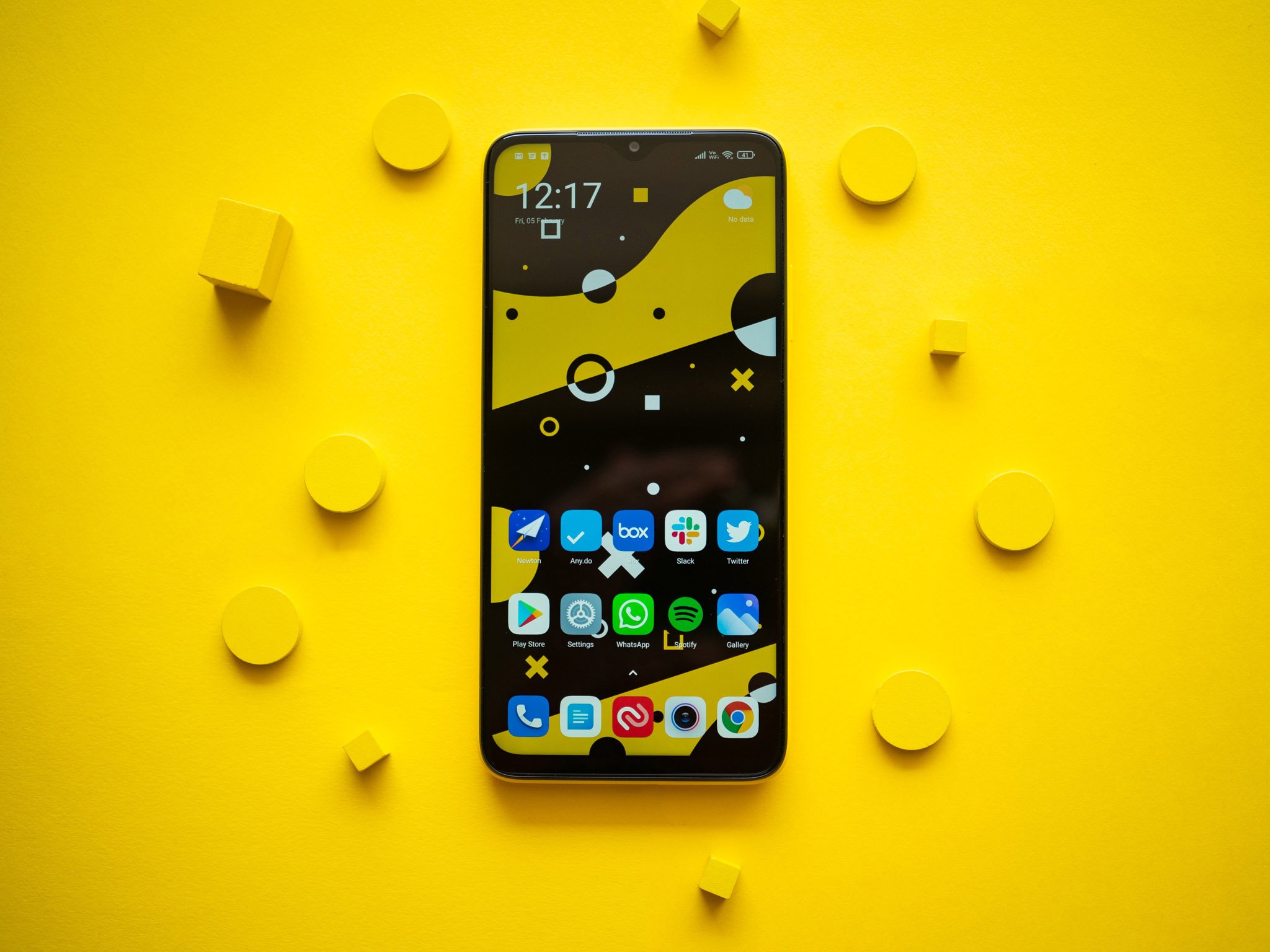
Source: Apoorva Bhardwaj / Android Central
When it comes to the display itself, not much has changed over the M2. The POCO M3 also has a 6.53-inch FHD+ (2340 x 1080) LCD display, and you get vibrant colors. The panel is limited to 60Hz, but that’s not a huge omission considering how much the M3 costs. Oh, and the screen has a layer of Gorilla Glass 3.
The POCO M3 delivers a vibrant 1080p panel with stereo speakers.
Xiaomi has been rolling out budget phones with vibrant LCD panels for half a decade now, and the POCO M3 is no different. The panel gets bright enough for outdoor use, has excellent contrast levels, and holds up just fine for playing games or streaming videos. On that subject, the phone has Widevine L1 out of the box, so you will be able to play 1080p content from your favorite streaming services without any issues.
An exciting addition with the M3 is stereo speakers; the primary speaker is located at the bottom, and you’ll find the secondary speaker up top, next to the 3.5mm jack. It’s always great to see stereo speakers on a phone, particularly one in the budget segment.
The stereo speakers make it that much more enjoyable to play games or stream videos on the phone. The massive battery on offer along with the vibrant 1080p panel and stereo sound make the M3 a multimedia powerhouse — you can binge a lot of content before you’ll have to worry about the battery running out.
POCO M3 Performance

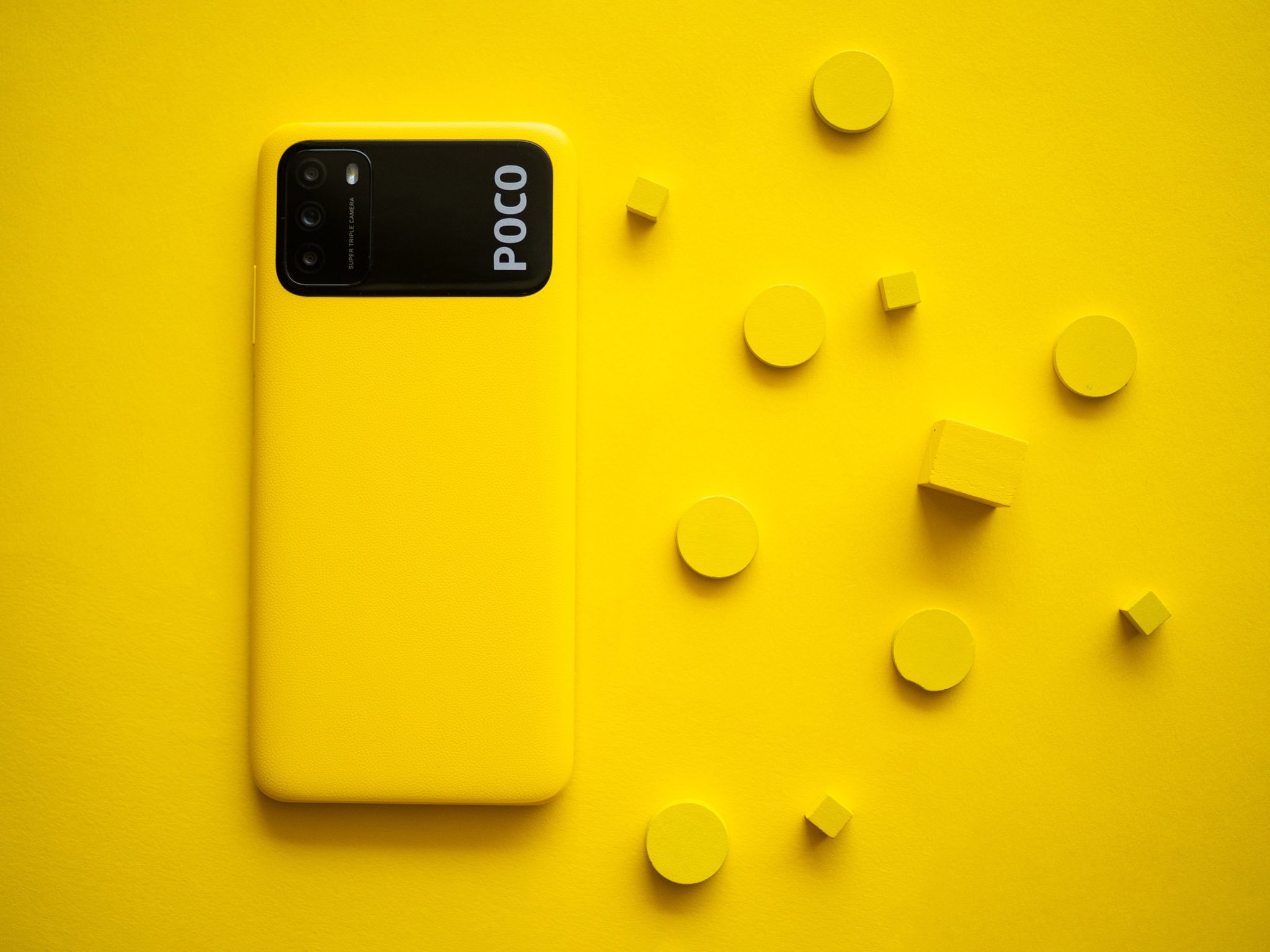
Source: Apoorva Bhardwaj / Android Central
Xiaomi makes some of the best cheap Android phones around; and its devices have stood out over the years because of the value. That’s the case with the POCO M3 as well — the phone shares the same innards as the Redmi 9 Power.
| Specs | POCO M3 |
|---|---|
| Software | MIUI 12 based on Android 10 |
| Display | 6.53-inch (2400×1080) 60Hz IPS LCD |
| Chipset | 2.30GHz Snapdragon 662 |
| RAM | 6GB |
| Storage | 64GB/128GB |
| Rear Camera 1 | 48MP ƒ/1.8 (primary) |
| Rear Camera 2 | 2MP ƒ/2.4 (macro) |
| Rear Camera 3 | 2MP ƒ/2.2 (portrait) |
| Front Camera 1 | 8MP ƒ/2.5 |
| Connectivity | Wi-Fi 802.11 ac, BT5.0, NFC |
| Battery | 6000mAh | 18W |
| Security | Side-mounted fingerprint |
| Colors | Blue, Black, Yellow |
| Dimensions | 165.8 x 76.7 x 8.8mm |
| Weight | 208g |
That means you get a Snapdragon 662 under the hood. The chipset has four Cortex A73 cores that go up to 2.20GHz, and four Cortex A53 cores at 1.80GHz. Most mid-range chipsets you’ll find today feature the newer A76 cores and A55 cores, and the Snapdragon 662 is showing its age in 2021.
While it isn’t Qualcomm’s latest chipset, the Snapdragon 662 holds up fine in day-to-day use. Most mundane tasks like browsing or scrolling through social media is relatively lag-free, and you can play demanding games with the settings turned down. This is not the fastest phone you’ll find in the budget segment, but it is reliable in daily use and can be used for gaming as well.
The POCO M2 had eMMC storage, and with the M3, POCO is bringing UFS storage to this series for the first time. The model with 64GB of storage has a UFS 2.1 module, and the 128GB version picks up a UFS 2.2 storage module. Both variants come with 6GB of RAM as standard, and there’s a microSD card to extend storage.
In terms of connectivity, you’ll find Wi-Fi ac, Bluetooth 5.0, the aforementioned IR blaster, FM radio, and a 3.5mm jack. There’s no NFC here, with POCO choosing to save a few dollars for a feature that doesn’t see much usage in India. There’s nothing really missing on the POCO M3 when you look at where it is positioned in the budget segment, and the hardware on offer makes it a great value.
The battery life you’re getting here is ridiculously good.
Of course, the standout feature with the phone is the 6000mAh battery. You easily get two days of usage from the phone with a full charge, with screen-on-time exceeding 10 hours. The M3 is the obvious choice if you want a phone with multi-day battery life in 2021, and the fact that it doesn’t feel unwieldy to use is an added bonus.
When you have to charge the phone, the POCO M3 has 18W fast charging, and POCO bundles an 18W charger in the box. It takes over 2.5 hours to fully charge the phone, so you’re better off charging it overnight. And like most phones that have a massive battery, you can use the M3 as an external power bank and charge other devices via the USB-C port.
POCO M3 Cameras

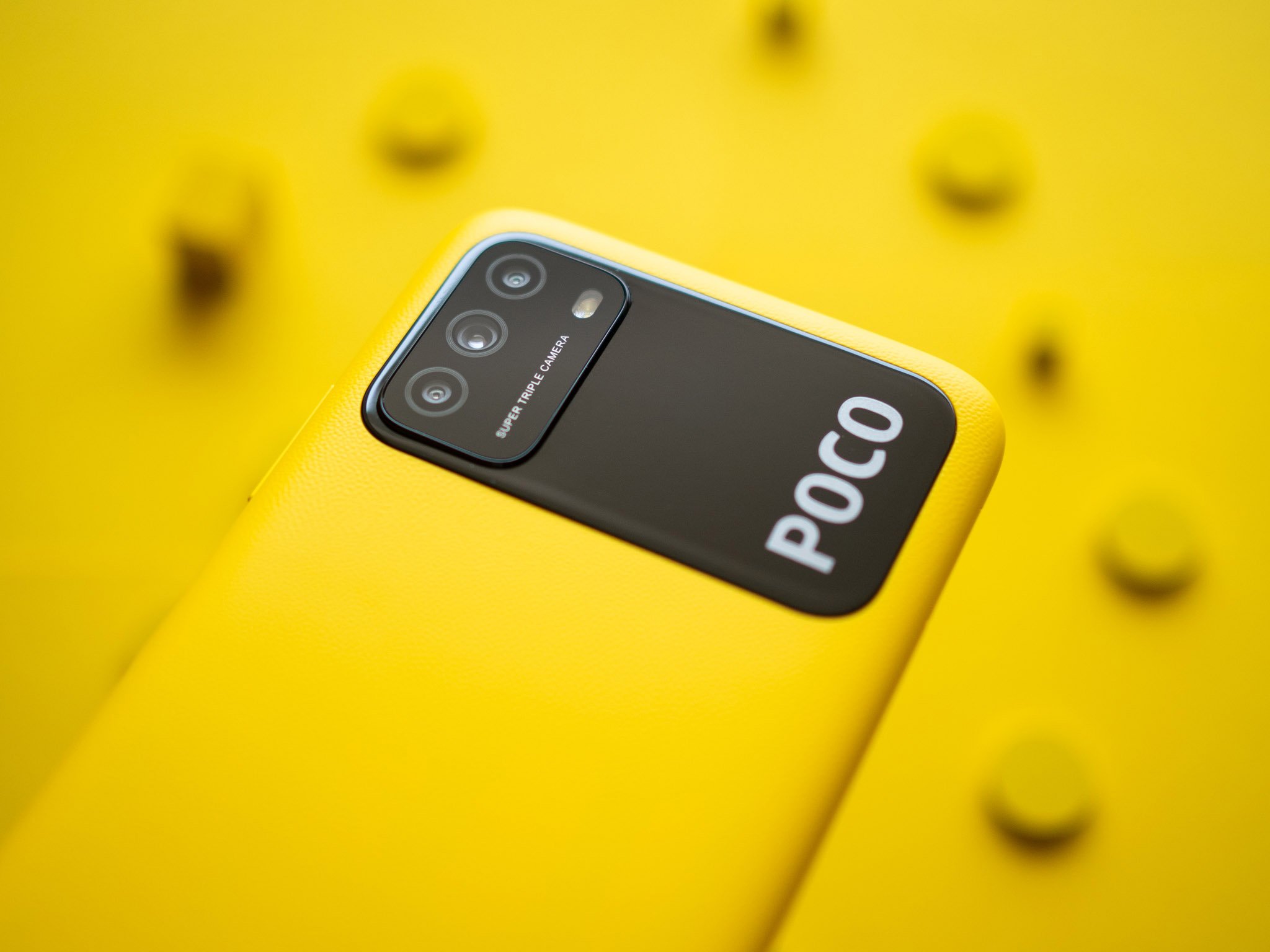
Source: Apoorva Bhardwaj / Android Central
The POCO M3 has three cameras at the back: a 48MP f/1.8 primary lens with a quad-bayer sensor and a 2MP macro along with a 2MP portrait lens. The Redmi 9 Power that the phone is based on has an 8MP wide-angle lens, but POCO chose not to include it on the M3. Up front, you’ll find an 8MP lens.
The camera interface should be immediately familiar if you’ve used a Redmi phone in the past. All the shooting modes are easily accessible, and you get toggles for flash, timer, HDR, AI-assisted scene recognition, and beauty filters. Like other budget phones in this segment, the M3 does not have 4K video recording — you’ll have to pony up for the M2 Pro or the Redmi Note 9 series to access it.
Photos taken with the POCO M3 in daylight conditions come out with plenty of detail, great dynamic range, and decent contrast levels. The resultant photos aren’t too saturated and have very little noise, and overall the M3 does a great job in this category.
But as is often the case for budget phones, things start to fall apart in low-light scenarios: the shots are noisy, colors are washed out, and you lose out on finer details. That said, the dedicated night mode fixes a lot of these problems (the second photo is with night mode), and you’re better off just using this mode for taking low-light shots.
The 8MP front camera isn’t anything to write home about either, and it takes decent shots at best. The 2MP macro lens has a fixed focus and is not worth the hassle, but the 2MP portrait lens does a decent job for portrait shots. Overall, the POCO M3 holds up pretty well in this category; it delivers vibrant shots in daylight conditions, and the night mode does a great job in low-light situations.
POCO M3 Software

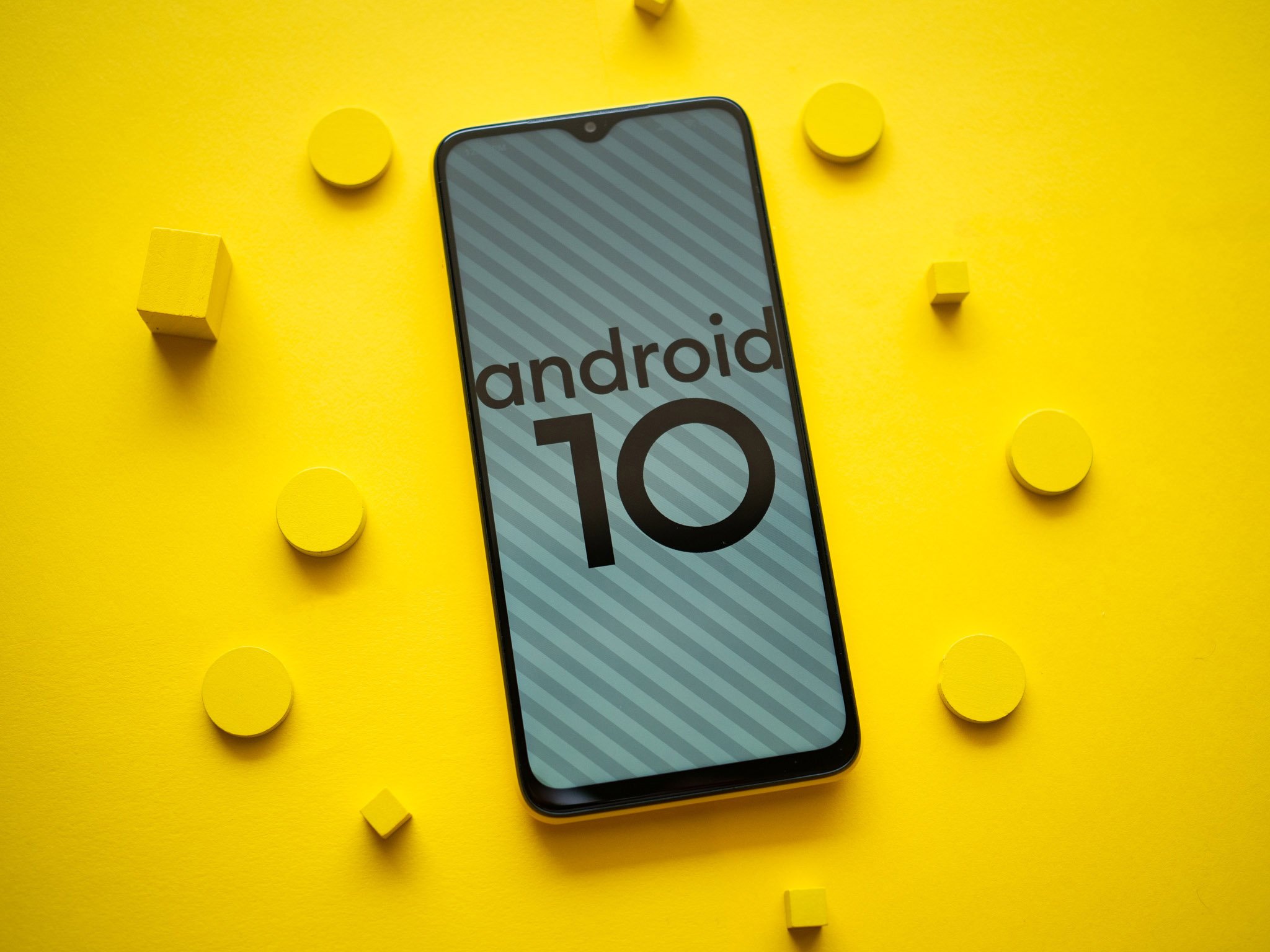
Source: Apoorva Bhardwaj / Android Central
The main talking point with MIUI over the last two years has been the bloatware. Xiaomi has turned to spam notifications, ads within its first-party apps, and a mountain of pre-installed apps as a way to monetize its devices, and saying that it has led to a sub-par user experience would be an understatement.
For its part, POCO says that its devices aren’t laden down with ads, and this is largely true. You won’t find incessant spam notifications or intrusive ads, but it has all the bloatware that you’ve come to hate from Redmi phones. Then there are “utilities” like GetApps that send notifications once a day asking you to install crud you’ve never heard of, and the worst part is that you cannot uninstall the app.
The POCO M3 doesn’t spam you with ads, but there’s still a lot of bloatware here.
So yes, MIUI 12 is slightly more palatable on the POCO M3 than it is on the Redmi 9 Power or other budget Redmi phones. But that doesn’t mean it isn’t without its shortcomings. My main issue with the phone is that it still runs MIUI 12 based on Android 10; Android 11 has been available for five months now, and for POCO to not offer it out of the box is inexcusable.
MIUI 12 is a step in the right direction; Xiaomi made a lot of welcome changes to the interface to make it more modern and accessible. The new privacy dashboard is a great addition, and you get a lot of customizability with the skin. But using MIUI 12 on a Redmi or POCO phone is very different to Xiaomi’s flagships, and the brand needs to tackle the bloatware issue on its budget devices.
POCO M3 The competition


Source: Apoorva Bhardwaj / Android Central
You’ll find plenty of budget phones that deliver the same value as the POCO M3. Realme’s Narzo 20 is a great alternative that also has a 6000mAh battery with 18W fast charging, reliable hardware in the form of a MediaTek Helio G85, and an 8MP wide-angle lens. Coming in at just ₹10,499, it is more affordable than the POCO M3, although the base version has 4GB of RAM and 64GB of storage.
Then there’s the POCO M2 series. The standard M2 is still a great option in 2021, particularly if you want a wide-angle lens at the back. And the M2 Pro delivers even better value for ₹12,999, offering a great camera with the ability to record 4K video. Both phones feature a 5000mAh battery and last two days between charges.
POCO M3 Should you buy?

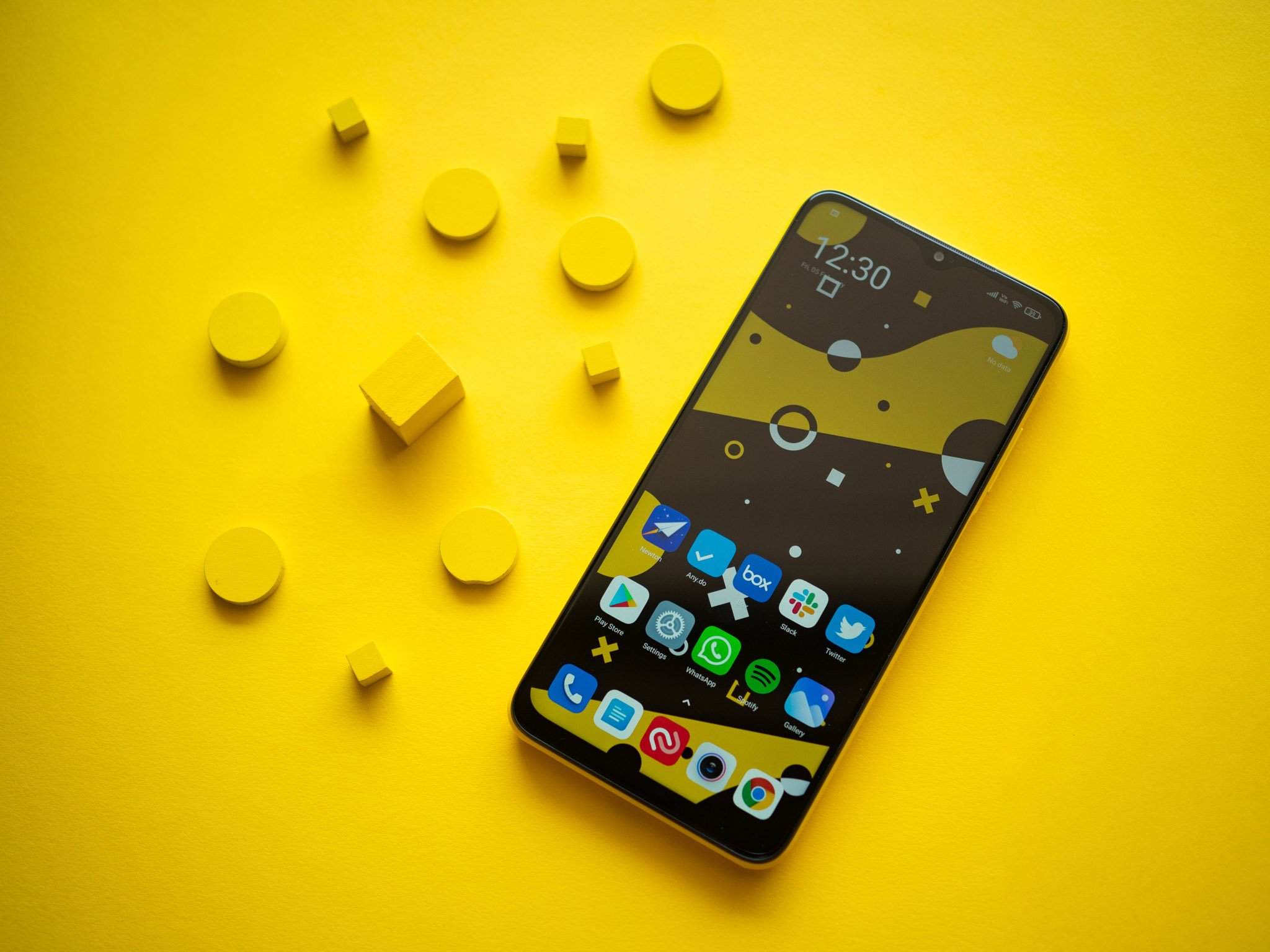
Source: Apoorva Bhardwaj / Android Central
You should buy this if …
You want two-day battery life
With a 6000mA battery under the hood and clever memory optimization, the POCO M3 delivers two-day battery life without breaking a sweat. And when you do need to charge the phone, it has 18W fast charging.
You want a budget phone with a striking design
If you want a budget phone that stands out, you should pick up the yellow variant of the M3. The vibrant yellow color combined with the large camera housing at the back gives the M3 a distinctive look.
You need reliable hardware and decent cameras
The POCO M3 nails the basics; the hardware on offer is great for most day-to-day tasks, and you get 6GB of RAM as standard. The 48MP camera also takes usable photos most of the time, and holds its own in this category.
You should not buy this if …
If you need NFC or a wide-angle camera
The POCO M3 misses out on a few features to hit that low price point. One of those is NFC, but the more egregious omission is a wide-angle lens at the back and 4K video recording. If you need a wide-angle lens, the POCO M2 is still a reliable choice. And if you need 4K video, the POCO M2 Pro is the ideal option.
You want a clean UI and the latest version of Android
MIUI 12 isn’t as frustrating to use on the POCO M3 as it is on Redmi phones, but you’ll still find an incredible amount of bloatware. Then there’s the fact that the phone is still running Android 10, with no mention of when Android 11 will be available.

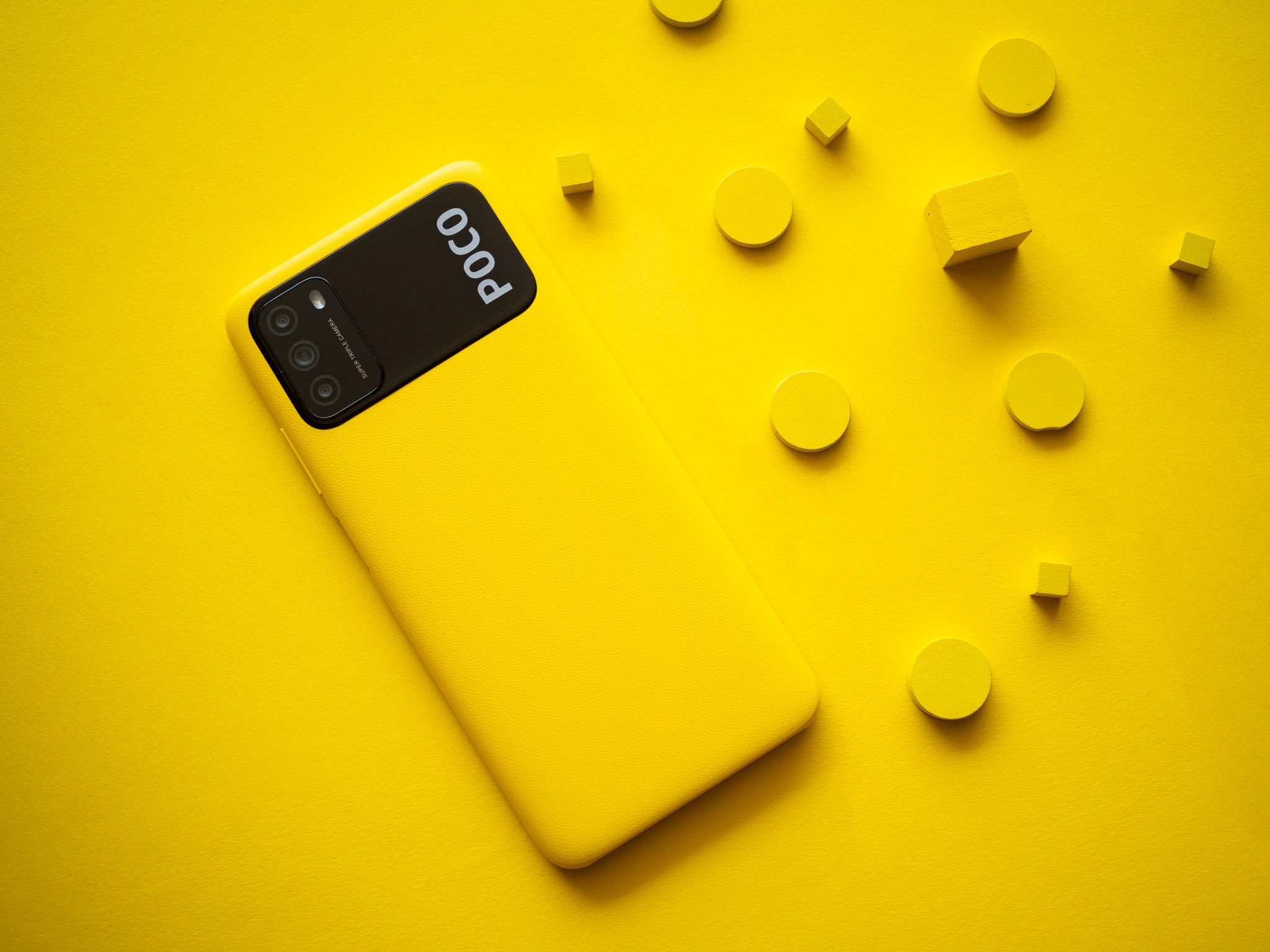
Source: Apoorva Bhardwaj / Android Central
With the POCO M3, you’re basically getting a Redmi 9 Power with 6GB of RAM and much better design at a more affordable cost. The battery life is the standout feature here, and the phone will deliver at least two days worth of use without any issues.
The hardware is decent for most day-to-day tasks, the 6.53-inch 1080p panel is holds up astonishingly well, and you’ll get great shots with the 48MP camera at the back. You’ll also find a dedicated microSD slot in addition to two SIM card slots, a 3.5mm jack, IR blaster, and stereo sound.
The trade-off for that incredible battery life at just ₹10,999 ($150) is that the POCO M3 misses out in a few areas: there’s no NFC, no wide-angle lens at the back, and the software situation is far from ideal. The phone is running an older version of Android and loaded with bloatware, and some of it cannot be uninstalled.
That said, there are no budget phones in India that deliver a clean UI and fast updates, so if you’re okay with making those trade-offs, the POCO M3 is a solid option in 2021. And when you factor in the value you’re getting here, the POCO M3 is one of the best budget phones you can buy today.
POCO M3
Bottom line: The POCO M3 has stellar battery life along with a gorgeous design that makes it stand out from the pack. The hardware is great for most day-to-day tasks, the 48MP camera at the back takes decent photos, and you’re getting a great overall value.
We may earn a commission for purchases using our links. Learn more.




